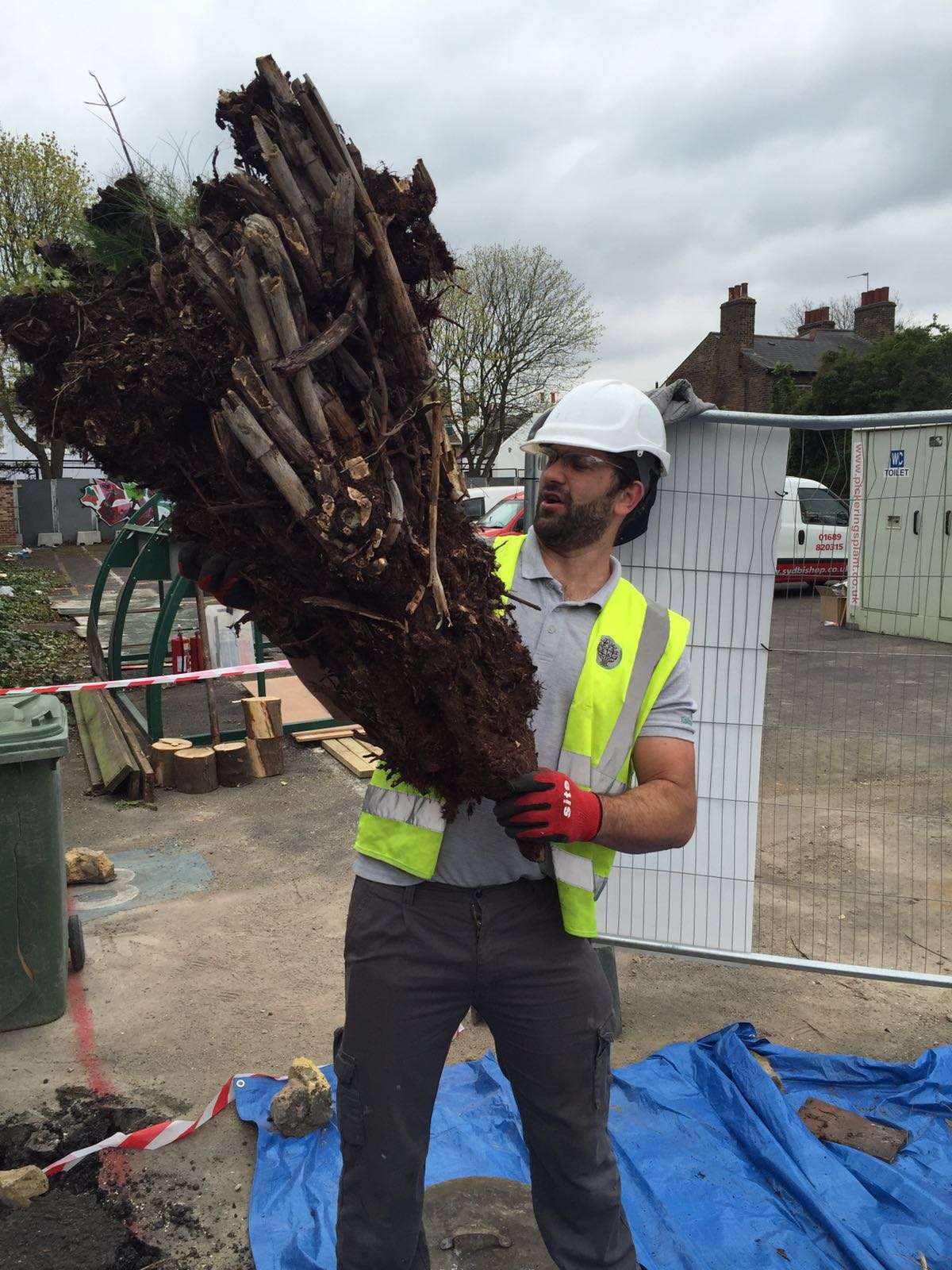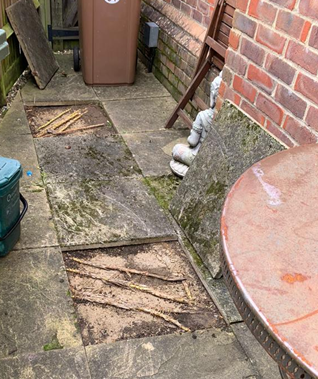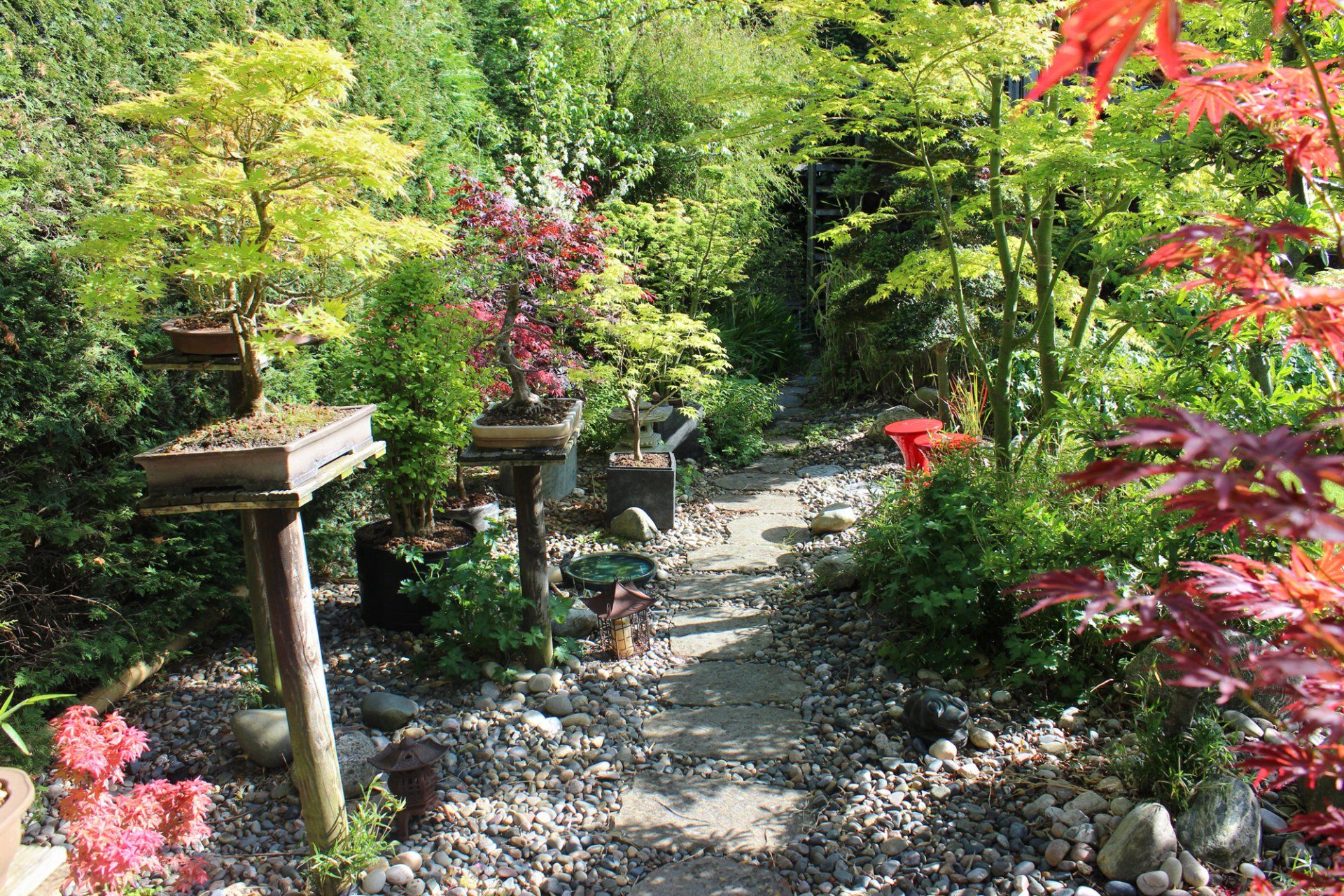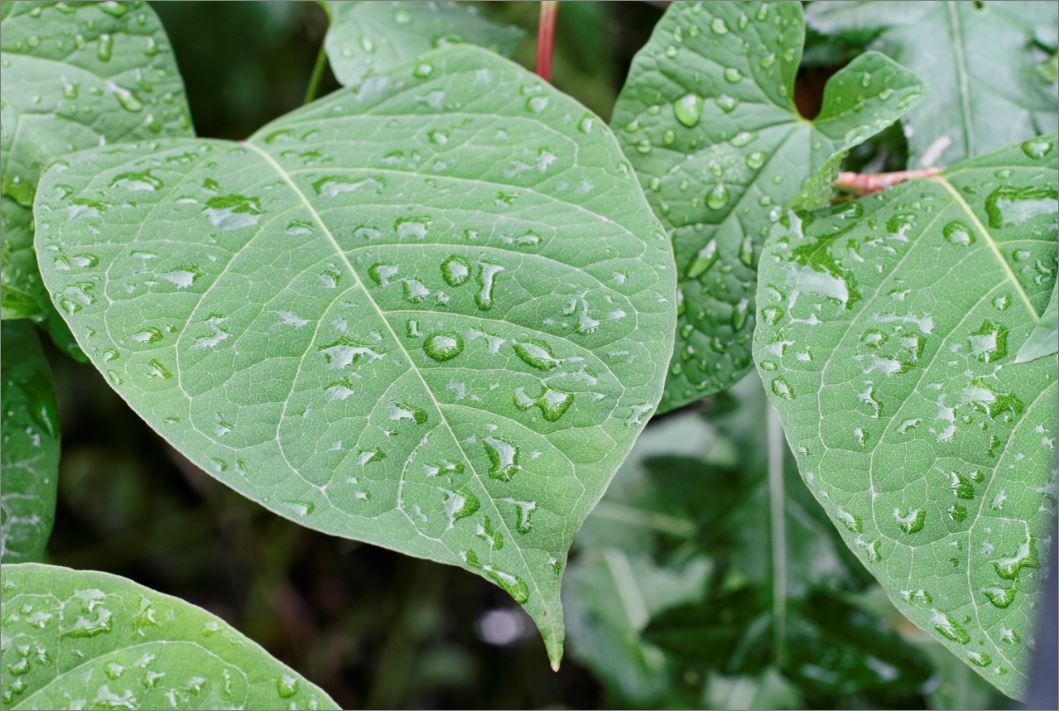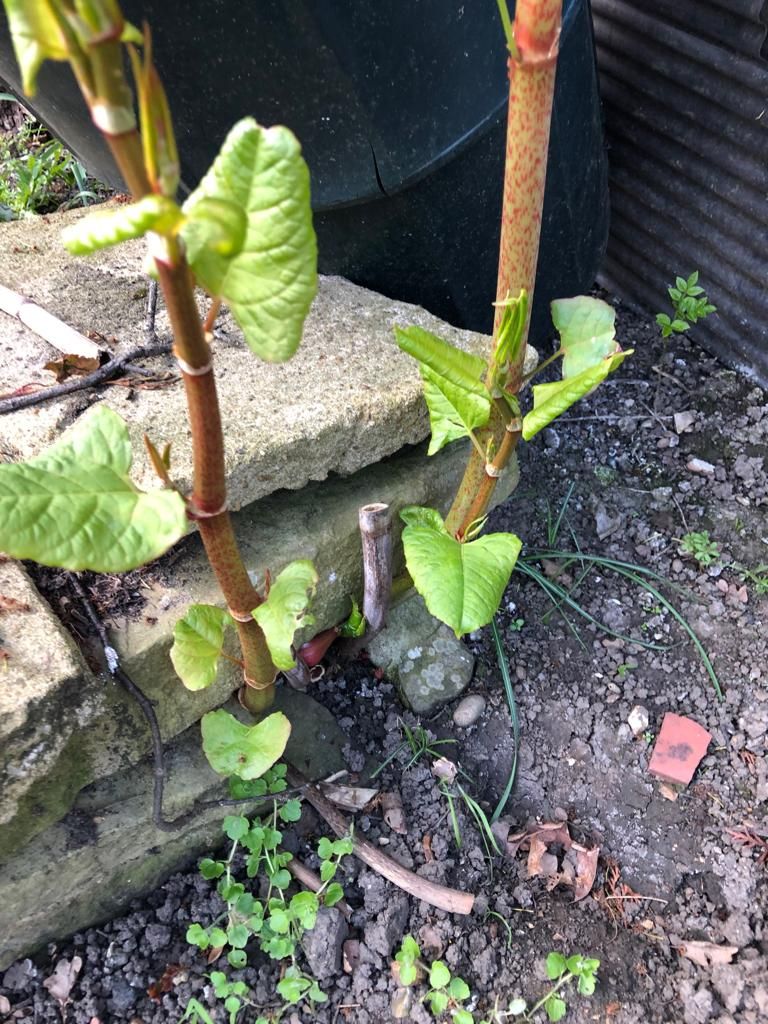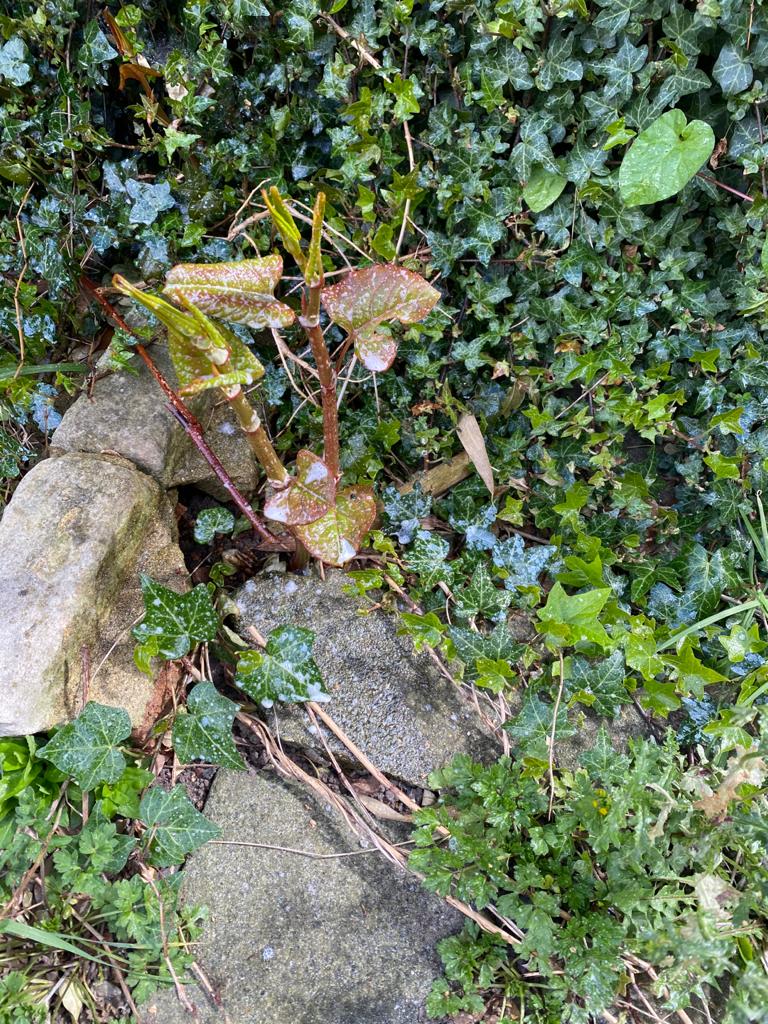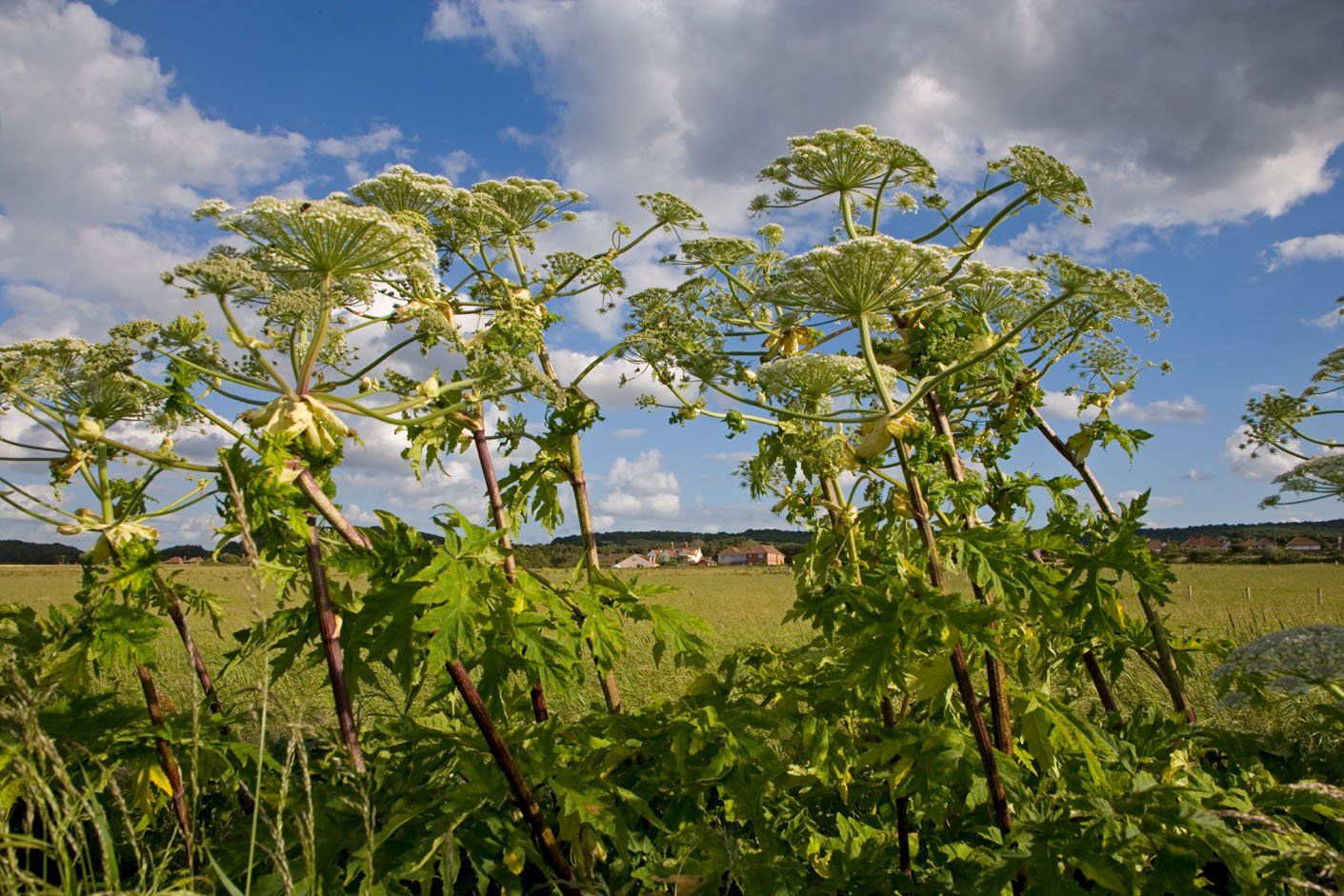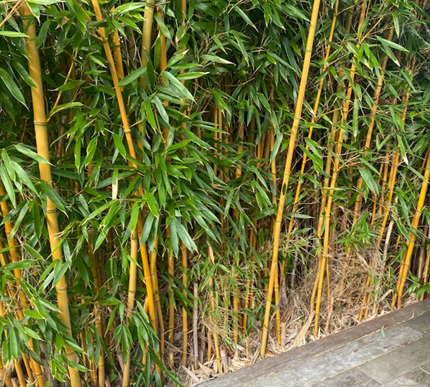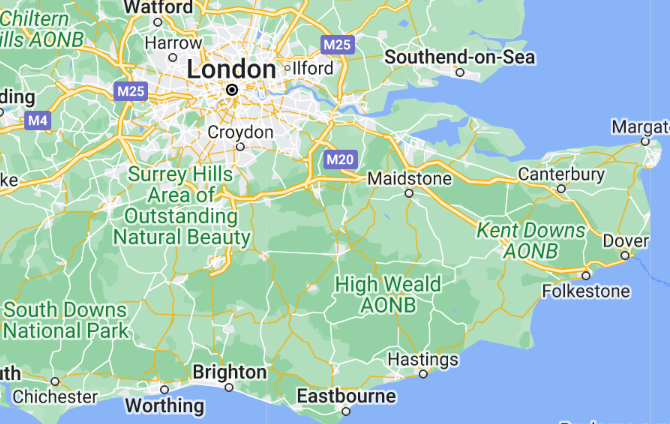From East to West: The History of Japanese Knotweed
Japanese knotweed, also known as Fallopia japonica, is a plant that has become infamous for its invasive and destructive nature. Originally introduced to Europe in the 19th century as an ornamental plant, Japanese knotweed has since spread rapidly, causing damage to buildings, roads, and natural ecosystems. In this blog, we will delve into the history of Japanese knotweed, exploring its origins, introduction to the West, and its subsequent impact on the environment.
Origins of Japanese Knotweed
Japanese knotweed is native to Japan, where it is known as Itadori. The plant has a long history of use in Japanese traditional medicine, where it was used to treat a range of ailments including asthma, constipation, and skin inflammation. It is also commonly used in Japanese cuisine, where it is known for its sour and slightly bitter taste.
Introduction to the West
In the mid-19th century, Japanese knotweed was introduced to the West as an ornamental plant. Its striking appearance and rapid growth made it a popular choice for landscapers, and it quickly became a common sight in gardens across Europe and North America. However, its invasive nature was not yet fully understood, and it was not long before Japanese knotweed began to cause problems.
Impact on the Environment
Japanese knotweed has a reputation for being one of the most invasive plant species in the world. Its rapid growth and ability to spread through underground rhizomes have made it extremely difficult to control. It can grow up to 10 cm per day, and its roots can penetrate deep into the soil, making it almost impossible to eradicate.
Japanese knotweed poses a significant threat to native ecosystems, crowding out other plant species and reducing biodiversity. Its presence can also alter soil pH levels and nutrient availability, further impacting local flora and fauna.
In addition to its ecological impact, Japanese knotweed has also caused significant damage to infrastructure. Its ability to grow through cracks in concrete and asphalt has led to it being dubbed the “concrete jungle” plant. It can damage building foundations, roads, and drainage systems, leading to costly repairs and even rendering properties unsellable.
Efforts to Control Japanese Knotweed
Efforts to control Japanese knotweed have proven to be challenging. Traditional methods such as cutting and digging have proven to be ineffective, as the plant can regrow from small fragments of root or stem. Chemical treatments have been developed, but these can be expensive and require specialist knowledge to apply safely.
Biological control methods have also been investigated, with the introduction of insect species that feed exclusively on Japanese knotweed showing some promise. However, concerns have been raised about the potential impact on native ecosystems, and further research is needed before these methods can be widely adopted.
Gaia Environmental - Invasive Plant Removal
The history of Japanese knotweed is one that highlights the dangers of introducing non-native species to new environments without fully understanding their potential impact. For professional Japanese knotweed removal, contact a specialist service.
Gaia Environmental offers efficient invasive plant removal services on a wide range of properties in the South East, both commercial and domestic. If you’re in London, Kent, Surrey or surrounding areas, and concerned you may have Japanese knotweed,
call today for an assessment.


